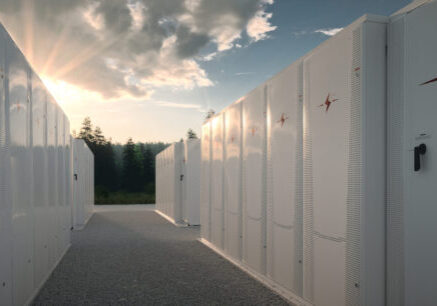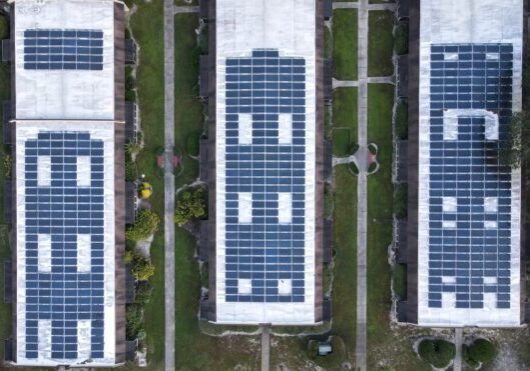November 24, 2014
Walmart + SolarCity = Solar + Storage
By Seth Mullendore
What do you get when the largest retailer in the US decides to partner with the biggest rooftop solar developer in the country? A lot more solar energy and some solar + storage too.
Walmart recently announced that it plans to install 400 new solar projects at its facilities over the next four years. The projects will span the US, across 36 states. With solar power already deployed at 260 US facilities, the Solar Energy Industries Association (SEIA) reports that Walmart is the country’s top commercial solar energy user, consuming around 105 megawatts of solar power, over twice the amount of solar as the next highest company. Over 200 of these projects have been installed through a partnership with SolarCity. The two companies have been working together since 2010.
But this partnership isn’t just about solar. Since early 2013, Walmart has been a pilot customer for SolarCity’s commercial energy storage system. Thirteen solar + storage projects have been installed so far, with ten more announced for 2015. While these projects are not intended to provide emergency backup power for the facilities, they are proving that solar + storage can be a positive investment.
SolarCity’s energy storage systems save money for companies like Walmart primarily by reducing peak demand charges. Demand charges are based on a facility’s highest level of electricity demand during a billing period, so if the demand charge is $10 per kilowatt and a facility has a one-time peak of 1,000 kilowatts, the total demand charge would be $10,000 for that period. Demand charges vary significantly depending on the utility and rate structure, but can account for 30-70% of a customer’s bill in certain regions. With energy storage, when demand at a facility rises above a certain threshold, the battery kicks in, so that the peak level of power demand the utility needs meet never goes above this predetermined level, resulting in lower and much more predictable demand charges.
After less than two years of testing, Walmart appears to be happy with the results. The ten new solar + storage projects will have larger batteries than previous installations, 200 kilowatts (400 kilowatt-hours). This expanded energy storage capacity will enable Walmart facilities to further reduce energy expenses and explore new savings techniques, such as using stored energy to offset high peak electricity rates.
So far, these solar + storage projects have been located exclusively in California, which has incentive programs that encourage energy storage deployment. It is unknown whether the additional planned projects will also be located within the state. Regardless, Walmart seems to have deemed solar + storage to be a winning technology combination for reducing demand charges at least for some locations. In other areas, such as the PJM service territory, solar + storage is proving to be able to profitably bid into frequency regulation markets, and states such as New York are exploring the value of energy storage in demand response programs. As more energy storage revenue streams become fully realized and other states begin to invest in the benefits of solar + storage, we are sure to see more of these projects pop up across the country.














